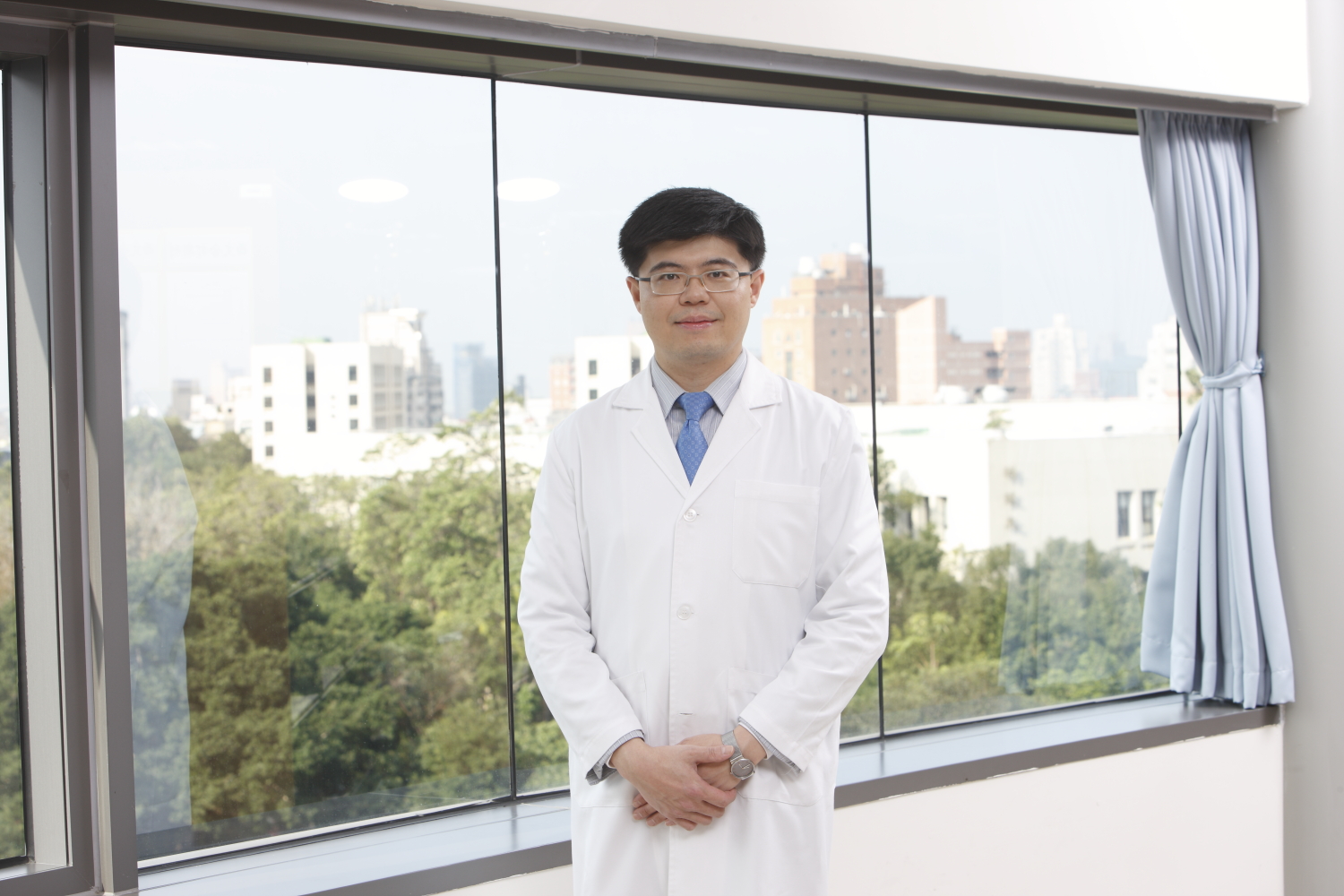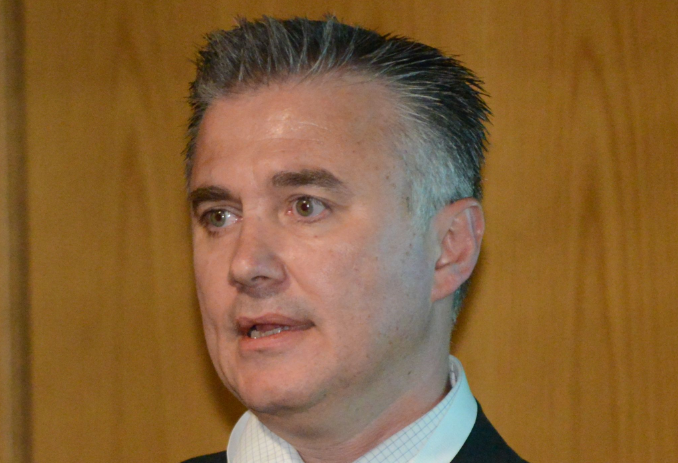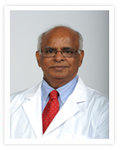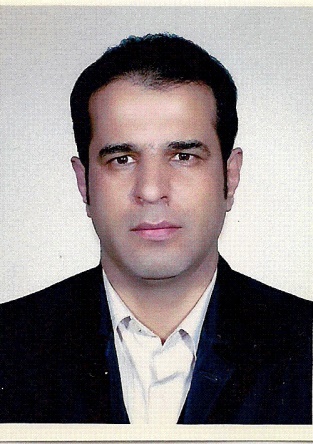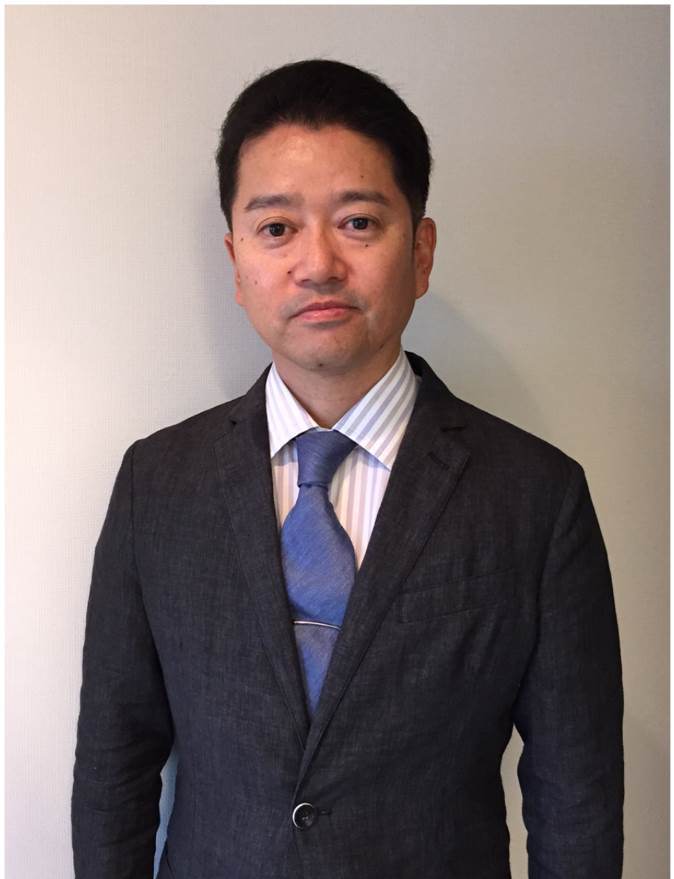Theme: Embracing the future of Healthcare in Telemedicine & eHealth
Telemedicine 2015
It is our great pleasure to welcome you to the “Global Summit on Telemedicine & eHealth” which will be held during August 17-18, 2015 at Houston, Texas, USA.
The Telemedicine Conference will explore the important questions on challenges in the use of information technology in the diagnosis, treatment, and monitoring of patients conditions that can dramatically lower the costs of healthcare while increasing access for thousands of patients.
Learn the answers to those questions by joining scores of university faculties, prominent healthcare providers, professionals, clinicians, researchers, nurses, governmental & policy experts to address and discuss the latest innovations in telemedicine & eHealth. The theme of Telemedicine-2015 is “Embracing the future of Healthcare in Telemedicine & eHealth” to strategize and address the emerging healthcare challenges globally consisting of invited plenary lectures, symposia, workshops, invited sessions and oral and poster sessions of unsolicited contributions.
This Telemedicine event is a must attend as it will provide an in depth view of what the future holds for healthcare and some excellent operational details of programs that are poised for the future. Additionally, this Conference Series exceptional experiential learning opportunity will provide attendees a first-hand look at rapidly changing technologies around the world in the field of Telemedicine and eHealth along with the best practices to improve both access and the quality of patient care in the USA and globally.
The schedule is still coming together, but reserves your space early and register today! Stay tuned to this website for more updates as the summit approaches, and visits the summit to watch presentations from more than 80 Speakers.
OMICS International is delighted to continue this Conference Series on Telemedicine so as to improve the efficiency of latest technologies in healthcare industry. The Telemedicine Conferences and Telehealth Conferences help to develop latest technologies that in turn help the patients where there is inaccessible of treatment and medical help.
We therefore encourage all colleagues from all over the world to participate and help us to make this an unforgettable important and enjoyable meeting.
We look forward to seeing you in Crowne Plaza, Houston, USA!
Tracks of Telemedicine-2015
Track-1: Access to Rural eHealth
The best way for the health access in rural areas is through e-Health which includes electronic collection, administration, usage, storage and sharing of healthcare statistics. Individual items such as referrals, test results, vaccination history, discharge summaries, medication history & records imply rural medical practice, Standards of emergency care, Diagnosis in rural areas. The vision for Rural Health & eHealth programs is to use the power of electronic information to ensure that patients get the right care, involve the right clinicians at the right time to deliver the right conclusions and clinically aware ICT support, support patient access and self-management. Emergency medicine, the utmost medical domain involves the adult care and pediatric patients with acute disorders or injuries that entail instant medical attention. Emergency school medicine physicians generally practice in rural areas via emergency medical services where initial medical action takes place. Clinicians who operate by immediacy rules under large emergency systems aim to diagnose evolving conditions and stabilize the patient for definitive precaution and thus improving the rural health care.
Track-2: Role of electronics and communication technology in Telemedicine
Medical Electronics is the convergence of Electronics with the realm of Medicine. Department of Electronics and Information Technology understanding the crucial role of Electronics in Medical application has initiated a series of proactive measures. These include e-health, Telemedicine systems, Space and Telemedicine, Design and control of tele-matched surgery robot, Remote operational medicine, e-cards and Nanotechnology in Telemedicine. Growing popularity of Medical Electronics is now a growing concern on quality, safety, reliability, spiraling cost, liability and regulatory issues.
Track-3: Role of Information Technology in Telemedicine
It is widely held that information technologies will revolutionize patient care, medical research, medical education and the administration of health services. It includes m-health, Telemedicine apps, Computational framework for telemedicine, Internet-based Telemedicine. Information technology is increasingly recognized as important in clinical practice, but much remains to be done to implement its use. Physicians are now often more comfortable using a keyboard rather than a pen, and this is particularly true of the new generations of medical students and residents. The recent developments in Ontological view in Telemedicine offer new opportunities for the design of new advanced Telemedicine systems providing high quality services. New trends in Telemedicine allocate Faster Internet connections and better software that provide a better video chat experience than in the past, with mobile devices, people can consult a doctor from anywhere, the adoption of electronic health records makes it easier for doctors to access patient records. Telehealth is expected to boost the U.S. market for patient monitoring by about $5 billion by the year 2020.
Track-4: Preventive eHealth Systems
Technologies for disease early detection and prevention comprises Cost saving, value of Hindrance, Cost-Operative, Clinical preventive services. Dedicated home based network computers, Data Collation & multiple longitudinal trend analyses, Big Data Analysis in eHealth enhanced the tele-healthcare in rural areas. Quantitative individualized risk analysis inquires the long-term health outcomes, measuring health inclinations, could provide a more organized, transparent, and assessable process of risk-benefit balance.
Track-5: Clinical Applications of Telemedicine
Telemedicine is booming up by rapid expansion of users but no complete inventory of applications is available as of now. Clinical applications of Telemedicine include the clinical specialties and sub-specialties found in conventional clinical medicine. Telemedicine has widely applied in the areas of clinical medicine and medical education. The vast majority of medical specialties like Tele Neuropsychology, Tele Cardiology, Tele Nursing, Tele Dermatology, Tele Pediatrics, and Tele Pathology are represented by Telemedicine. Clinical applications like cardiology (pediatric and adult), psychiatry (mostly pediatric, some adult), pediatrics (general and neonatal), dermatology, and rehabilitation medicine are most frequently used. Innovative approach by Tele-Rehabilitation increases the access of medicine services in areas where there is a scarcity or absence of psychiatrists. Tele Radiology is the usage of radiology techniques which has advantages and complexities of computer-based digital technologies that include magnetic resonance imaging and computed axial tomography. Global Telemedicine Market Outlook to 2018, the authors identified market dynamics pertaining to specific countries to highlight the initiatives taken by several market players and healthcare providers to boost the telemedicine sector's growth. The market, which stood at US$ 14.2 Billion in 2012, is expected to grow at a CAGR of 18.5% during 2012-2018.
Track-6:Biomedical Technologies in Telemedicine
Wireless medical devices created a great response for advanced healthcare and homecare. These devices eliminated the need to venture into a hospital or doctor’s office which lowered the cost of healthcare. The biomedical technologies include Remote Surgery, Bio-sensors in Telemedicine, Bioinformatics in Telemedicine, Tele Transmission, and Nanotechnology - Telemedicine. Medical robotics is an advanced and contemporary field in medical science that implicates numerous operations and extensive use of tele presence. The International Space Station serves as a testbed for the Space & Telemedicine technologies to facilitate future missions and enhance the excellence of healthcare delivery on Earth.
Track-7: Challenges in Implementing Telemedicine
Gradual development in Telemedicine achieved the needs of patients in rural areas which saved the time of travel, cost and witnessed a vast improvement in quality Physician engagement, Infrastructure, Sustainability. However, telemedicine could considerably show the impact on the entire healthcare industry in urban, community, international and even global settings. Administrative team may see the value in the expensive, possibly grueling and manner of telemedicine application. It would be a bit difficult for some hospital or health system executives to see the value proposition as every patient or every payor is not paying for telemedicine services. Only, through Telemedicine technology it is possible to consult a physician and patients acquire treatment miles away and offer specialists who do not live or work in the area.
Track-8: Personalized eHealth
Personalized e-Health is a healthcare ideal accentuating the systematic use of context information about an individual patient to optimize the patient's preventative and therapeutic care. A widespread ICT solutions for patient self-management includes medical sensor-enabled remote monitoring, smart-phone enabled data aggregation, medical situation awareness and analysis (risk classification, root cause analysis and risk triggers), and Diagnostics using Biosensors for converged disease risk management and patient behavior assistance toward prevention care or prediction of diseases for better disease risk control. Personalized eHealth market is becoming a significant socio-economic challenge around the world. For example, US alone spent about US$2.6 Trillion in 2008 (17% of GDP). Major world developed countries (US, EU and Japan) are promoting a new healthcare model, called personalized healthcare, to control the cost while improving citizens’ health through use of Information and Communications Technology (ICT) and care focus from treatment to prevention. Fundamentals in eHealth personalization, Personalized eHealth business models and eHealth and classical health networks included in the personalized e-Health indicate that business-to-consumers e-commerce models require real-time data that enable users to make informative decisions. E-health models have been categorized into four major frameworks (portals, connectivity, business-to-business, and business-to-consumer) and numerous others; provide patient–consumers with diverse capabilities including access to treatment and diagnostic information, online purchases of prescription drugs, and even personalization of health care plans that are enabled via employee-defined contribution plans.
Track-9: Advantages and dis advantages of Telemedicine
Many patients feel uncomfortable to go to hospital or doctor-chamber. Mobile Telemedicine creates communication among patients & healthcare professionals maintaining convenience & commitment. Moreover, through Legal issues involved in Telemedicine the medical information and images are kept confidential and safely transferred from one place to another. So, people can believe this system and feel comfort to seek help from telemedicine. Implementation of Telemedicine in health care helped the patients residing in inaccessible areas or isolated regions. Patients can receive clinical healthcare from their home without arduous travel to the hospital. Remote patient monitoring, homecare applications through computer or tablet or phone technology has reduced outpatient visits. Now doctors can verify prescription or supervise drug oversight. Furthermore, the home-bound patients can seek medical-help without moving to clinic through ambulance. Thus, cost of health care has been reduced. Virtual clinical treatment decreases human interaction among the Health professionals and patient’s role and attitude towards e-Health that increases the risk of error in clinical services, if the service is delivered by inexperienced professional. Moreover, confidential medical information can be leaked through faulty electronic system. Applications of Telemedicine facilitates health education, as the primary level healthcare professionals can observe the working procedure of healthcare-experts in their respective fields and the experts can supervise the works of the novice and eliminates the possibility of transmitting infectious diseases between patients and healthcare professionals. Ethical issues involved in Telemedicine require tough legal regulation to prevent unauthorized and illegal service providers in this sector.
Track-10: Scope and Importance of Telemedicine
The Future of telemedicine will depend on: (1) human factors, (2) economics and (3) technology. Behaviors related to technology affect change at the individual, organizational and societal level. Personnel shortages and decreasing third-party reimbursement are significant drivers of technology-enabled health care in the industrialized world, particularly in the areas of home care and self-care. Technology has made it easy for doctors to detect various diseases. But it is restricted only to people in urban areas but Low cost Telemedicine made easy for people in rural areas with simple and standard healthcare infrastructure. Rapid growth in the availability of low-power, hand-held medical monitoring devices advanced the Telemedicine for poor and reduces travel costs by both parties for consultation, diagnosis, and follow up is the largest benefit. Steps that has to be taken to reach Telemedicine to common people include create technology-neutral insurance payment policies, Adopt a standard definition for telehealth, Fund research to continually improve the quality and lower the cost of tele-health programs, Promote interoperability among state prescription drug monitoring programs. E-Health economics concerned with issues related to efficiency, effectiveness, value and behavior in the production and consumption of health and health care.
Global Summit on Telemedicine & e-Health
August 17-18, 2015 at Houston, Texas, USA
Telemedicine is a rapidly developing application of clinical medicine where medical information is transferred through the phone or the Internet and sometimes other networks for the purpose of consulting, and sometimes remote medical procedures or examinations. It may be as simple as two health professionals discussing a case over the telephone, or as complex as using satellite technology and video-conferencing equipment to conduct a real-time consultation between medical specialists in two different countries. Telemedicine generally refers to the use of communications and information technologies for the delivery of clinical care. It is the use of telecommunication and information technologies in order to provide clinical health care at a distance. It helps eliminate distance barriers and can improve access to medical services that would often not be consistently available in distant rural communities.
For more details please visit: http://telemedicine.global-summit.com/
Why to attend???
Telemedicine-2015 is an event based on the concept to develop the latest technologies in health care industry so as to provide better treatment in rural areas where there is lack of availability of medical service. Telemedicine-2015 is gathering doctors and high profiled professionals all around the world that focuses the interactive learning in person which in turn improves the future of healthcare.
Conference Highlights:
Access to Rural eHealth
Role of electronics and communication technology in Telemedicine
Role of Information Technology in Telemedicine
Preventive eHealth Systems
Clinical Applications of Telemedicine
Biomedical Technologies in Telemedicine
Challenges in Implementing Telemedicine
Personalized eHealth
Advantages and dis advantages of Telemedicine
Scope and Importance of Telemedicine
Major Associations around the Globe:
American Telemedicine Association·
Center for Tele-health & e-Health Law
International Society for Telemedicine and eHealth
TEIS - UK Telemedicine and E-Health Information Service
Canadian Society of Tele-health (CST)
European Health Telematics Association (EHTEL)
Swiss Association of Telemedicine (SATM)
Target Audience:
Eminent Scientists/ Research Professors, Junior/Senior research fellows, Students, Directors of companies, Engineers, Members of different medical associations.
Top Universities in USA:
University of Kansas, Center for Telemedicine and Tele-health
East Carolina University, Brody School of Medicine
Texas Tech University, Center for Telemedicine
The University of Hawaii, Tele-health Research Institute
University of Texas Medical Branch, School of Nursing
University of New Mexico, Center for Telemedicine and Cyber medicine Research
Telemedicine Market Analysis:
Global Telemedicine Market Outlook to 2018, the authors identified market dynamics pertaining to specific countries to highlight the initiatives taken by several market players and healthcare providers to boost the telemedicine sector's growth. The market, which stood at US$ 14.2 Billion in 2012, is expected to grow at a CAGR of 18.5% during 2012-2018.
Conference Highlights
- Access to Rural eHealth
- Role of electronics and communication technology in Telemedicine
- Role of Information Technology in Telemedicine
- Preventive eHealth Systems
- Clinical Applications of Telemedicine
- Biomedical Technologies in Telemedicine
- Challenges in Implementing Telemedicine
- Personalized eHealth
- Advantages and dis advantages of Telemedicine
- Scope and Importance of Telemedicine
To share your views and research, please click here to register for the Conference.
To Collaborate Scientific Professionals around the World
| Conference Date | August 17-18, 2015 | ||
| Sponsors & Exhibitors |
|
||
| Speaker Opportunity Closed | Day 1 | Day 2 | |
| Poster Opportunity Closed | Click Here to View | ||
Useful Links
Special Issues
All accepted abstracts will be published in respective Our International Journals.
Abstracts will be provided with Digital Object Identifier by








